UST Inc. 2021: the Chief Designer of Rapid Transport Complex Shared Company’s Achievements
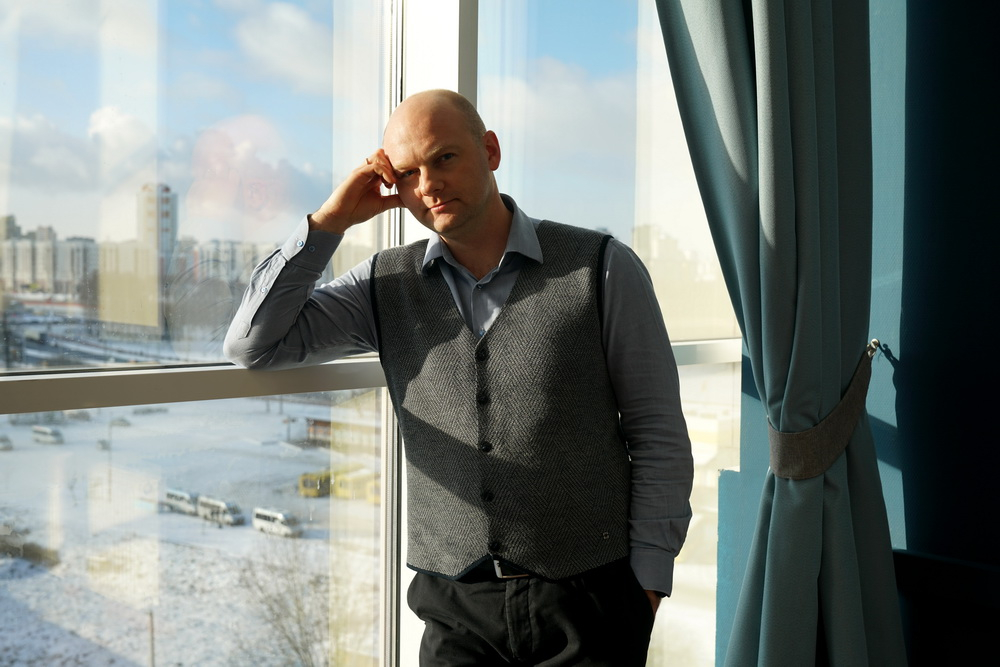
Another figure of our series of interviews is Vitaliy Lapkovskiy, Chief Designer of Rapid Transport Complex.
Please tell us about the work of your Design Office.
We develop transport complexes where vehicles are able to move with speeds up to 250 km/h. Our specialists have already worked out all the necessary design and technological solutions that make it possible to implement this in practice.
What projects are you working on now?
At the moment, the main issue is certification, which is an assessment of conformity of the declared requirements and characteristics with international regulatory requirements. This is a long and painstaking process. Because there can be no small detail in confirming compliance, especially when it comes to safety.
The structure of the uST transport infrastructure complex includes many elements which are viewed in terms of confirmation of security functions. This is the main demand that has been written through centuries of losses. According to statistics, automobile accidents take the lives of 1.5 million people every year (including post-accident deaths), and more than 10 million people get in accidents and become disabled. Due to its technical characteristics, our transport system minimizes almost all problems of conventional transport.
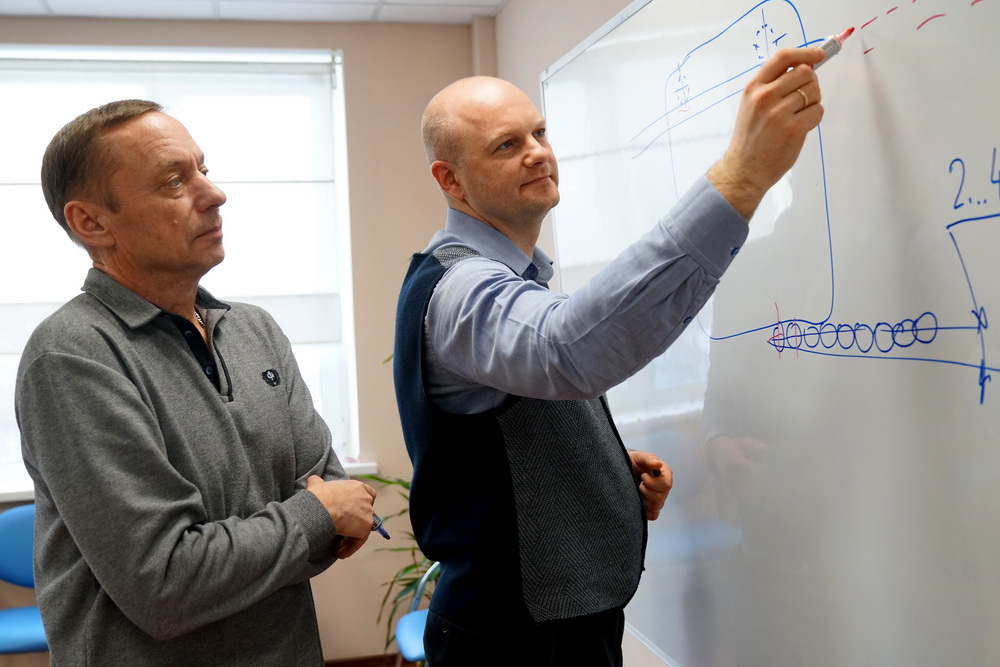
For reference
Unmanned rolling stock of Unitsky String Technologies Inc. moves along a string rail overpass above the ground, outside the area of possible collision with other vehicles, people, animals, and other objects, which additionally increases the level of transport safety and opens up the possibility of all-weather operation by eliminating the so-called human factor. The movement of rail vehicles over the ground, in combination with an unprecedentedly low level of energy consumption (up to 1 liter in fuel equivalent per 100 km at a speed of 100 km/h) makes the Unitsky String Technologies Inc. transport complexes as environmentally friendly as possible.
The track structure above the ground, the rail track, and unibuses with an anti-derailment system prevent any collisions of the rolling stock. In addition, the overpass is resistant to heavy rainfall snowfall, sandstorms, tsunamis, glaciation, as well as acts of terrorism and vandalism.
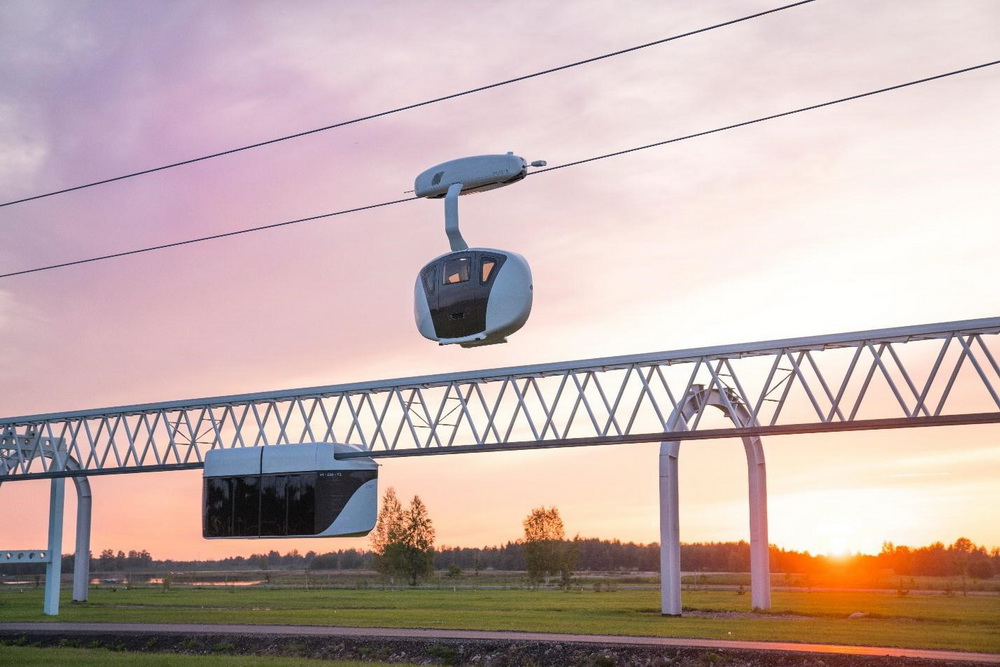
What challenges did your Design Office face?
This is a complex process as we lack clear legitimized requirements for our transport and infrastructure solutions. Thus, we’re developing our own regulatory framework. To this end, we organize and carry out various tests and engineering calculations through computer modeling.
Currently, our primary objective is to prepare the proof of safety and demonstrate compliance with the requirements. In this regard, we’re working not only with European, but generally with accredited providers of conformity verification services around the globe.
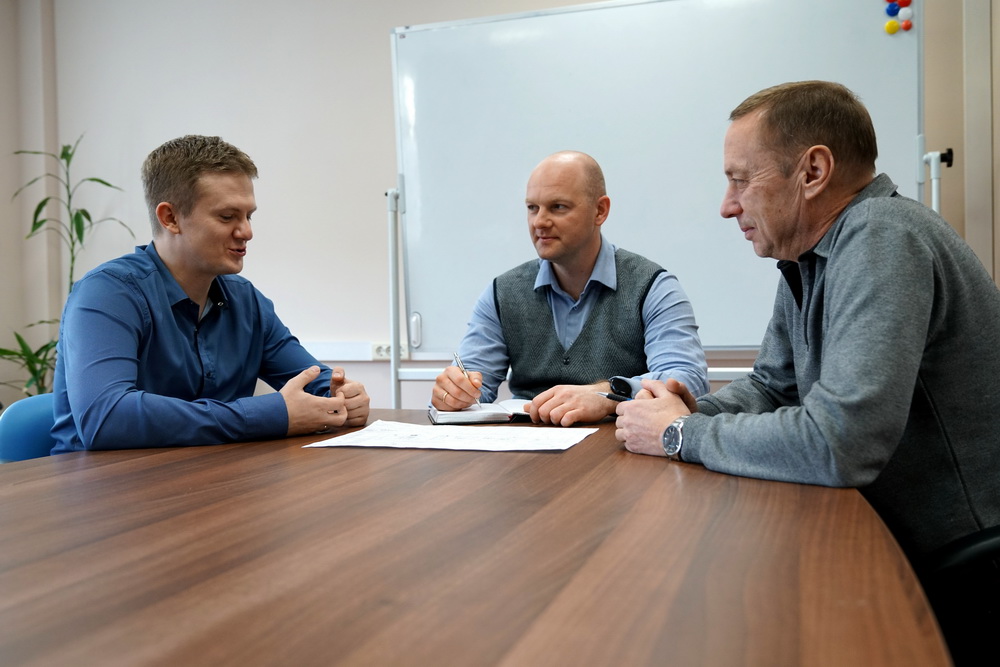
Could you share the details about ongoing projects?
During this year, the EcoTechnoPark in Maryina Gorka is implementing a project on the creation of a novel type of string overpass designed and built using the entire experience we’ve gained so far and those implemented solutions that have proved to outperform the others. Therefore, the new complex is driven by the best solutions for fine-tuning the technology and confirmatory testing. For the same purpose, the first tropical variant of rapid string rail complexes was built, certified and commissioned in Sharjah.
All of that allows us to make string systems a reality all over the world with proper functionality, justification, and more importantly, safety.
More news
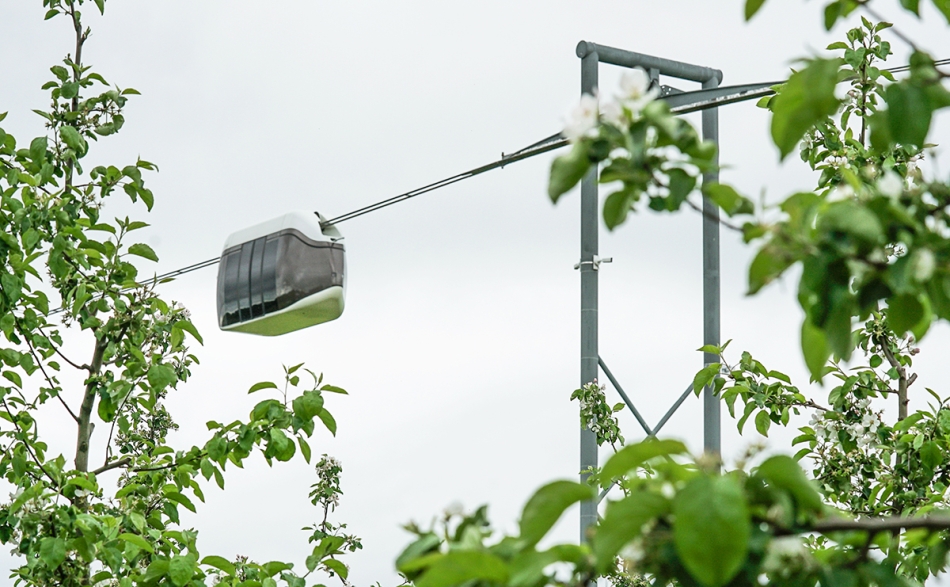
News
23 October 2025
UST Inc. has achieved ISO 50001:2018 international certification
The certificate confirms that UST Inc.'s engineering solutions comply with international energy efficiency standards.
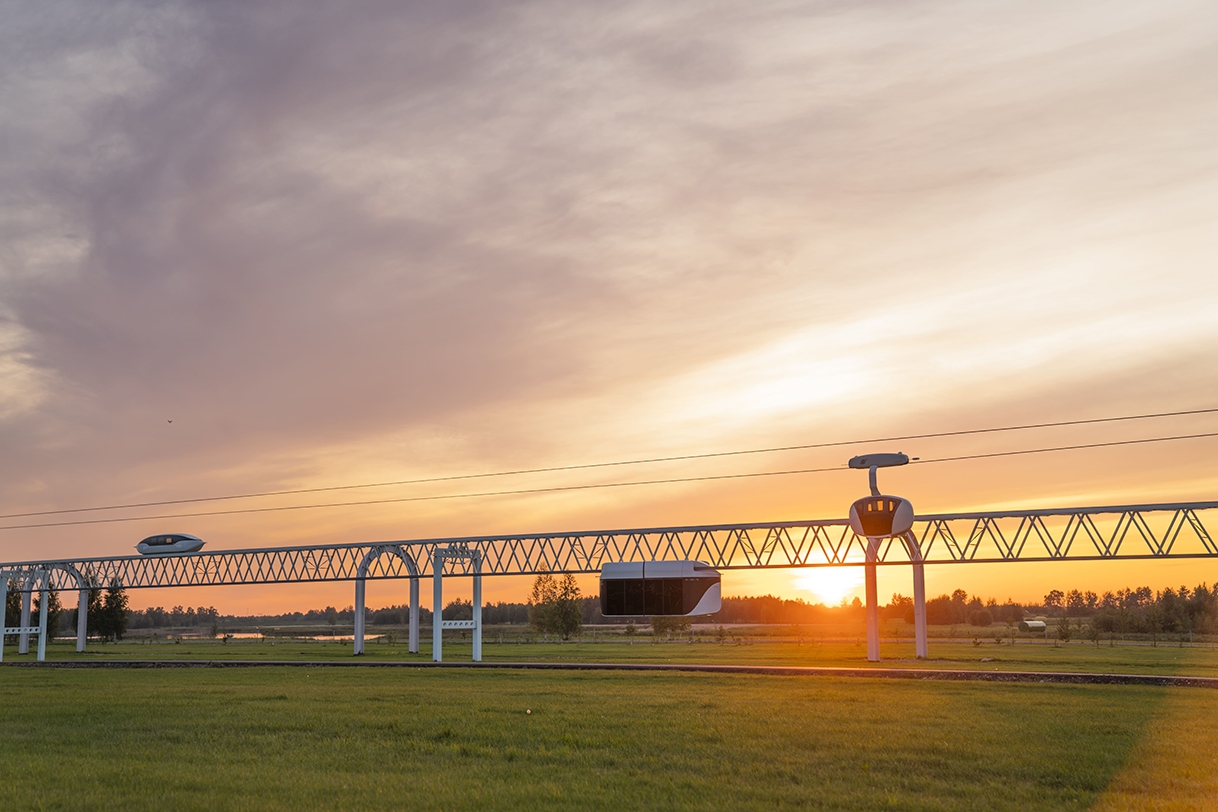
News
10 July 2023
EcoTechnoPark is in the spotlight at the WORLD 2051 portal
The WORLD 2051 portal published a report about the test and demonstration center EcoTechnoPark in the town of Maryina Gorka.
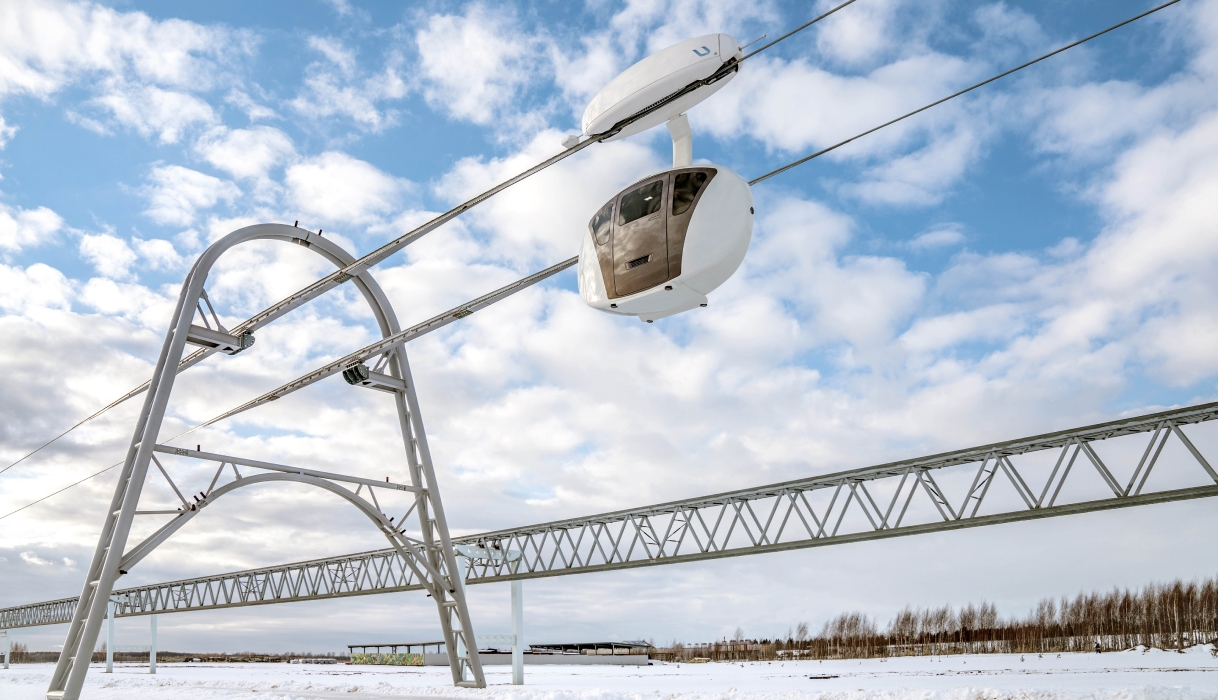
Opinion
22 September 2022
How Will uST Technology Help the Development of the Arctic Regions? See the Answers in an Article from FederalPress
The FederalPress media holding explained how the solution by Unitsky String Technologies Inc. can improve transport accessibility in the regions of the Far North.

